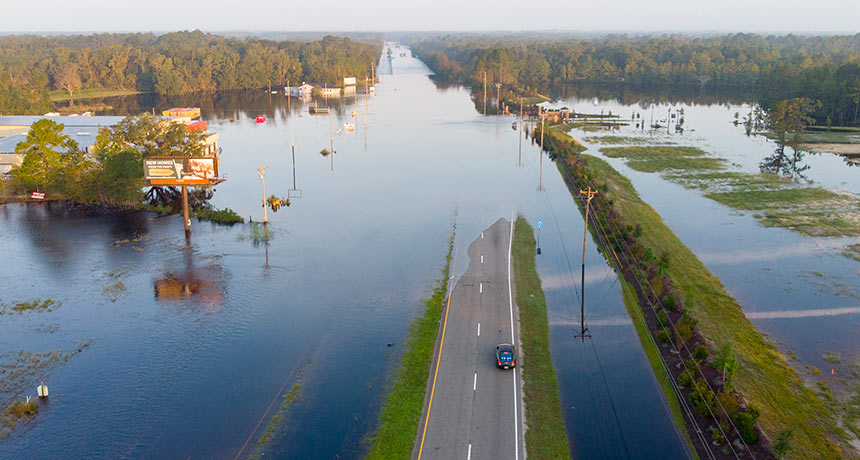Half a degree stole the climate spotlight in 2018
New data show limiting warming to 1.5 degrees Celsius, not 2 degrees, will make a difference

FLORENCE'S FURY Climate change intensified Hurricane Florence’s rains, which caused the Waccamaw River in South Carolina to overflow.
Jason Lee/The Sun News via AP
